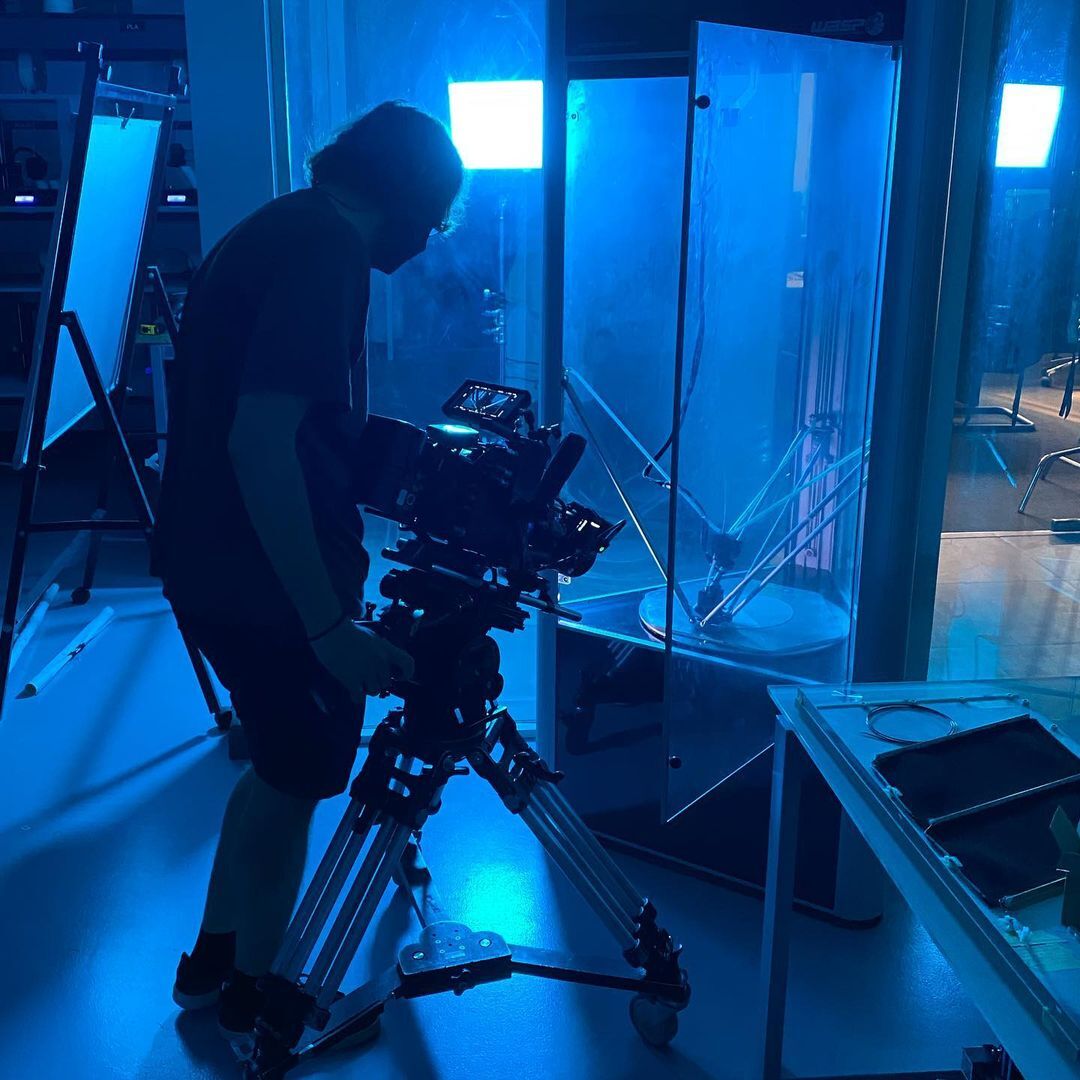Additive manufacturing and 3D printing: What’s the real difference

Additive manufacturing (AM) and 3D printing. These often interchangeable terms get tossed around a lot. Which begs the question, what is the difference between the two and where does the line diverge between them?
From a broad perspective, additive manufacturing and the 3D printing process both describe the practice of creating physical objects through the fabrication of materials.
But if you look beyond the manufacturing process, there are minor distinctions that must be acknowledged. This blog post will examine additive manufacturing and 3D printing, exploring how both are directly interchangeable yet uniquely different.
A Closer Look At Additive Manufacturing
Additive manufacturing is an industrial production made possible by the transition from analog to digital processes. This transformative approach to manufacturing operations has enabled greater digital flexibility and efficiency in many industries.
Unlike traditional manufacturing technologies such as milling, machining and others, which subtracts material to create an object, additive manufacturing adds material. It transforms digital bytes through computer-aided design (CAD) software or 3D object scanners to precisely create a physical, three-dimensional object.
The information provided by computer software allows additive manufacturing to layer one super fine material after another. Each successive layer fuses together to fabricate a 3D object.
Various substances can be used as an additive material. Materials used for 3D printing range from metals and polymers to ceramics and glass. Biochemicals is an explorative field for additive manufacturing. In the near future, bio-inks will be used to create artificial organs, among other healthcare applications.
AM’s design flexibility is transforming numerous industries. Similar to the materials it can utilize, applications for additive manufacturing are vast. Aerospace, automotive and healthcare are just three examples of industries benefiting from additive manufacturing processes.
With additive manufacturing, parts, components and products can be produced lighter, stronger, and more efficient.
3D Printing Explained
Since MIT introduced 3D printing in the 1980s, it has changed dramatically. When it was first introduced in the 1980s, 3D printing was initially called “rapid prototyping.” That’s because originally, the purpose of 3D printing was to create faster and cheaper prototypes. 3D printing services have since evolved from its original prototyping application.
3D printing technology uses a 3D printer to create physical three-dimensional objects from a digital model. It uses additive manufacturing to deposit materials on successive layers-upon-layers to produce the desired end result.
Generally, the term “3D printing” is associated with filament-based plastic printers. Indeed, many consumer 3D printers are filament-based. There are, of course, numerous kinds of printers, including laser metal 3D printers, glass and clay 3D printers, as well as binder jet printers.
Materials that can be used with a 3D printer are as varied as with additive manufacturing. Filament, resin and powder are common materials used by 3D printers.
What About Rapid Prototyping?
From the definition above, rapid prototyping might appear to be another designation of 3D printing. And while that has a degree of truth, it’s a bit more complex than that. Rapid prototyping is an application and a group of techniques of 3D printing.
Compared to typical prototyping processes, it is a more cost-effective method. Unlike conventional prototyping which can take weeks or even months to create prototypes, rapid prototyping shortens the design and development cycle. This means the process can be done in a matter of days, depending on the prototype requirements.
Adding It All Up
Based on the explanations and examples provided, it would appear that additive manufacturing and 3D printing are two sides of the same printed coin. So how is 3D printing different from additive manufacturing?
3D printing differs from additive manufacturing in that it is a subset of the latter. Similarly, rapid prototyping can also be defined as a subset of additive manufacturing as it uses an additive process for prototyping.
Further, additive manufacturing is associated with the industrial applications of 3D printing technology. It is the advanced method of 3D printing whereas 3D printing is more commonly associated with simpler processes or consumer-oriented production.
While the term 3D printing finds more widespread use, a label casually used by the general public and the media, additive manufacturing is heavily favored by industry professionals.
Ultimately, as both exist in largely overlapping domains, context will determine the appropriate terminology to use.
At Proto21, we have the knowledge and experience to leverage the right additive manufacturing process to your advantage. Have more questions about additive manufacturing and 3D printing services? Contact us today.












.svg)








